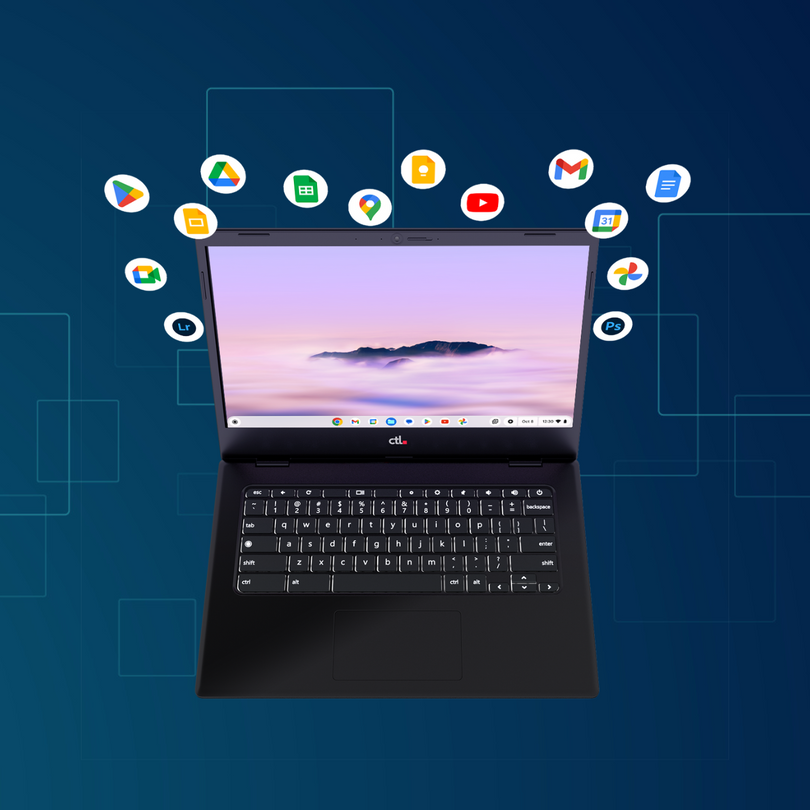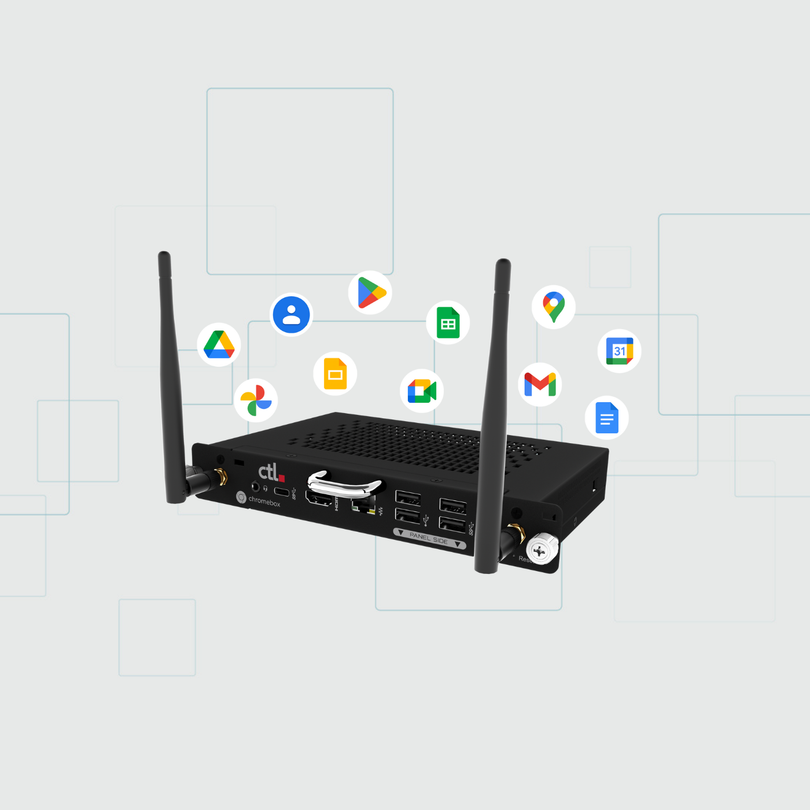 Chrome Unboxed | Guest Contributor
Chrome Unboxed | Guest Contributor
Chromebooks have remained on a six week cadence for updates such as new features, bug fixes, security, and speed improvements. Earlier this year, however, Google shifted its popular web-oriented operating system to a four week cadence with the release of Chrome OS 96. In a recent Keyword blog post, the company recognized that not all organizations would be happy with this change, and announced a little something for these types of customers.
Each and every organization has specific needs, and Google’s decision to shift to a 4 week schedule was more centered on its ability to crank out reliable and useful updates at a more rapid pace.
A new Chrome OS long-term support channel, often referred to as LTS for short, will become available in March 2022 and the policy can be implemented immediately upon its release in the Google Admin console. With it, schools, businesses and more can get more slower, but more stable updates every six months instead of the new four week pacing everyone else will be on to ensure their peace of mind and ability to adapt across a fleet of devices.
It’s still important to receive security updates to ensure that all devices being used have the best protection, but this new channel will provide much-needed breathing room for many who were taken aback by Google’s new plans. Similarly, unattended kiosk devices, healthcare deployments, and online education assessments often have more logistics that go into getting them on board with changes.
In the meantime, a new long-term support candidate (LTC) will give fleets of devices updates and features every 3 months before the version releases on the LTS (every 6 months beginning in March 2022). Together, this equates to a 9 month feature stabilization. Once you toggle the LTC, your devices will automatically be switched to the new LTS channel when it releases, so long as they’ve been on LTC for three months.
From March 2022, you can use the Admin console to switch channels from LTC to LTS. Devices that have been on the LTC channel for 3 months switch to the LTS channel. Devices stay on that Chrome version on the LTS channel for a further 6 months.
Initially, the Chrome OS feature set is stabilized for 9 months—3 months on LTC followed by 6 months on LTS, with security fixes every 2 weeks. After that, devices automatically update to the next LTS version every 6 months, receiving feature updates every 6 months and security fixes every 2 weeks.
If you’d like to try it out while you wait for the LTS, but don’t have a Chrome Enterprise Upgrade, you can try a free trial of it by signing up. The new Chrome OS LTC channel should be available now via the Admin console. To check for yourself, go to your console, visit “Devices > Chrome > Settings > Devices“. Then, select the organizational unit from the left that you’d like to swap over to LTS, type in “Release channel” in the search bar that appears, and then select “Long-term support candidate channel” from the drop down for the release channel itself. Then, be sure to click the blue “Save” link at the top-right.
By Chrome Unboxed | News, Updates, Unboxings
Chrome Unboxed is a popular online space for tech lovers to keep up with all things Chrome. Chrome Unboxed goes in depth with the latest news, updates and unboxings of the best existing technology products.















































